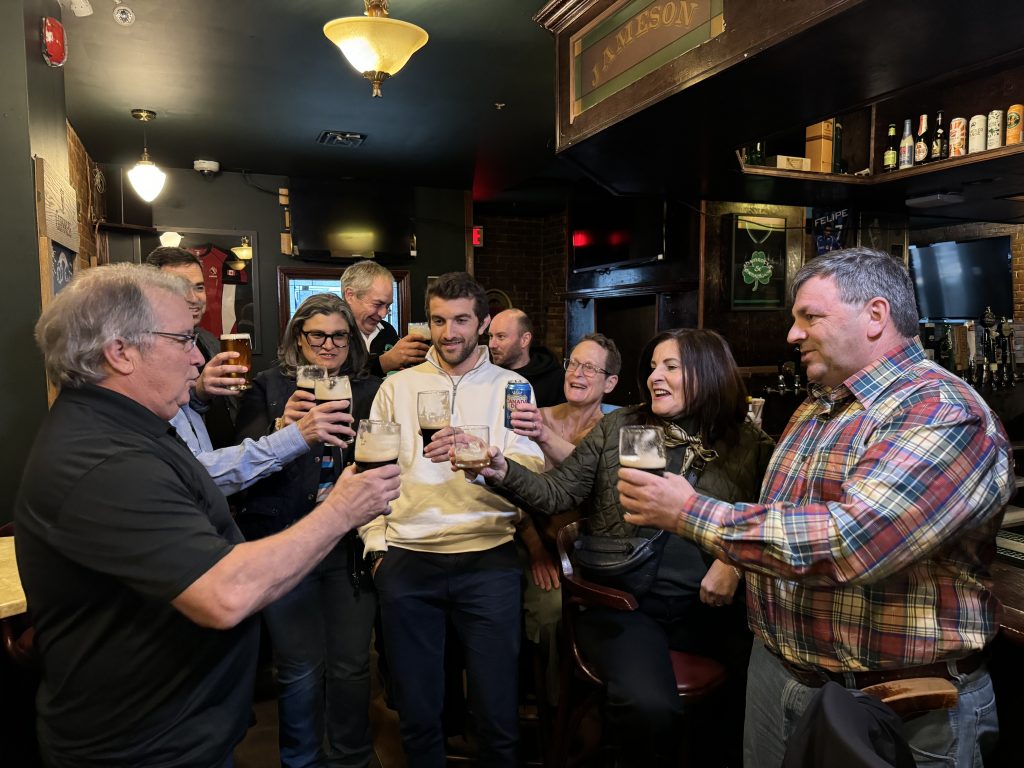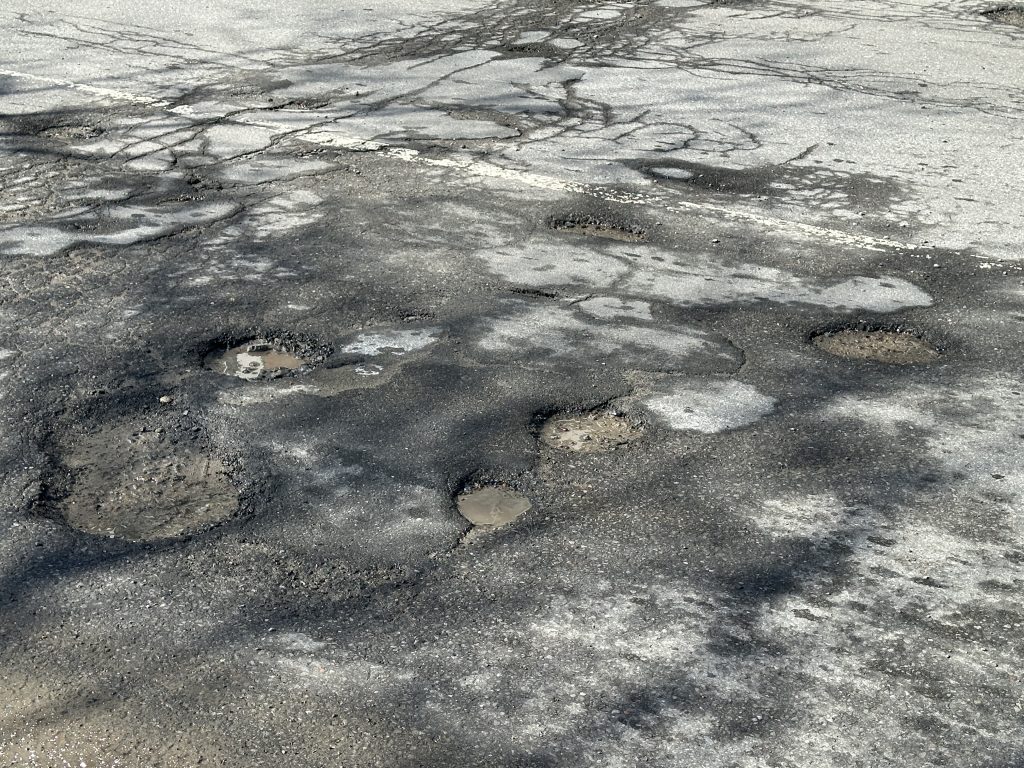Urgences-santé in favour of Quebecers having access to Naloxone amid holidays

Posted December 9, 2024 10:00 am.
Last Updated December 14, 2024 6:42 pm.
Faced with the risk of fentanyl poisoning — a highly lethal opioid — in the general population, Urgences-santé is in favour of having “Mr. and Mrs. Average” have the commonly known antidote, naloxone, in their possession.
Between Christmas parties and New Year’s celebrations, the end-of-year holidays are a time when substances are consumed. These substances can be laced with fentanyl. In addition to marginalized populations, the general population can also find themselves in danger.
“The opioid crisis is a real issue and we know that festivities can lead to consumption,” said in an interview with The Canadian Press, the commander and corporate spokesperson for Urgences-santé, also a paramedic, Jean-Pierre Rouleau. “In the event of poisoning, Mr. and Mrs. Average can administer the dose of naloxone and make a difference.”
“Naloxone, also known as Narcan, is a very safe antidote to use,” said Vanessa Grillo, paramedic and supervisor of the emergency management and preparedness team for Urgences-santé. “We’ve been using it on the ambulance for many years for patients who meet a certain criteria when there’s an overdose situation, it really targets opioids.”
In case of an overdose, paramedic Vanessa Grillo says there are three main symptoms to look out for to identify when one should administer Narcan either for themselves or a friend. These symptoms include an altered level of consciousness such as drowsiness or an unresponsiveness to stimuli, a drop in blood pressure and a decreased breathing rate.
In Quebec, it is possible to obtain a naloxone kit directly from a pharmacy—free of charge and without a prescription. It contains the antidote to be injected nasally into the person who has overdosed in order to inhibit the effects of fentanyl. During poisoning, the latter will cause respiratory arrest and an alteration in the state of consciousness, which can then lead to death.
“We will be in the presence of an unconscious person and in just a few seconds, this person will resume their functions,” explained Jean-Pierre Rouleau. However, he encourages people to keep a safe distance from the person who is being administered naloxone until help arrives, because it is difficult to predict their condition once they are awake.
According to the spokesperson for Urgences-santé, the majority of their interventions are with more marginalized clients, such as people who are experiencing homelessness, but cases of accidental poisoning or overdose during festive events are not uncommon.
Naloxone is sprayed directly into the nostril of the intoxicated person. A single dose is normally sufficient, but it is still necessary to monitor how the person reacts to determine if another dose is necessary.
“It is clear that sometimes we have to administer naloxone to families or private homes,” said Jean-Pierre Rouleau. It can happen that a person thinks they are buying substance X that may, unbeknownst to them, contain traces of fentanyl that can lead to significant poisoning.”
Fentanyl can also be prescribed by a doctor, as it is a powerful painkiller. Jean-Pierre Rouleau therefore invites the population to be aware of the risk of accidental poisoning by keeping fentanyl out of the reach of children.
“Having a (naloxone) kit can mean the difference between life and death,” Rouleau added.
21 deaths per day on average
According to federal government data, 1,906 deaths apparently related to opioid poisoning were recorded between January and March 2024, an average of 21 deaths per day across Canada. Of all accidental deaths apparently related to opioid poisoning, 81 per cent involved fentanyl.
“The risk it nowadays is that you don’t know what you’re buying, you’re going to buy drug X and really you’re getting drug X plus maybe a couple other elements and if one of them is fentanyl you have no idea how much fentanyl and it really takes some micro dose of fentanyl to have a really negative effect,” said Grillo when explaining why accidental overdoses are so common nowadays.
The number of emergency medical services (EMS) interventions for suspected opioid-related overdoses has reached 8,719 since the beginning of the year, an average of 96 EMS interventions each day across the country.
Urgences-santé, which serves the cities of Montreal and Laval, says it has administered more than 300 doses of naloxone since the beginning of the year. In nearly 50 per cent of interventions, the patient had already received a dose of the antidote before their arrival.
“They do prevent overdoses, and they save lives,” said Seychelle Harding, spokesperson for Portage, a non-profit drug rehabilitation centre.
“But this has to be part of a comprehensive effort where we also do send people to treatment and send people to places like portage so they can get their lives back in order and learn to live healthy lives without resorting to drugs,” she added.
Since November 2017, the Quebec Ministry of Health and Social Services (MSSS) has implemented a universal program of free access to naloxone from community pharmacies. To date, Quebec has authorized 1,900 of them to distribute the antidote, as well as 140 community organizations across the province. The MSSS states that the supply of naloxone is done on an ongoing basis with different suppliers.
It reminds us that naloxone is “safe for people of all ages” and that it only works if opioids are present in the body. It will therefore have no harmful effects if it is administered to someone who is believed to be intoxicated, but who is not in reality.
The MSSS says it is of the “opinion that people at risk of opioid poisoning and those around them should obtain naloxone in order to be able to act in the event of an incident.” The Institut national de santé publique du Québec (INSPQ) provides an interactive map on its website to locate places where naloxone can be obtained at any time.
“We are available and we remain open during the holidays,” said Harding, as she urges people to reach out for help if needed.
–This report by La Presse Canadienne was translated by CityNews








